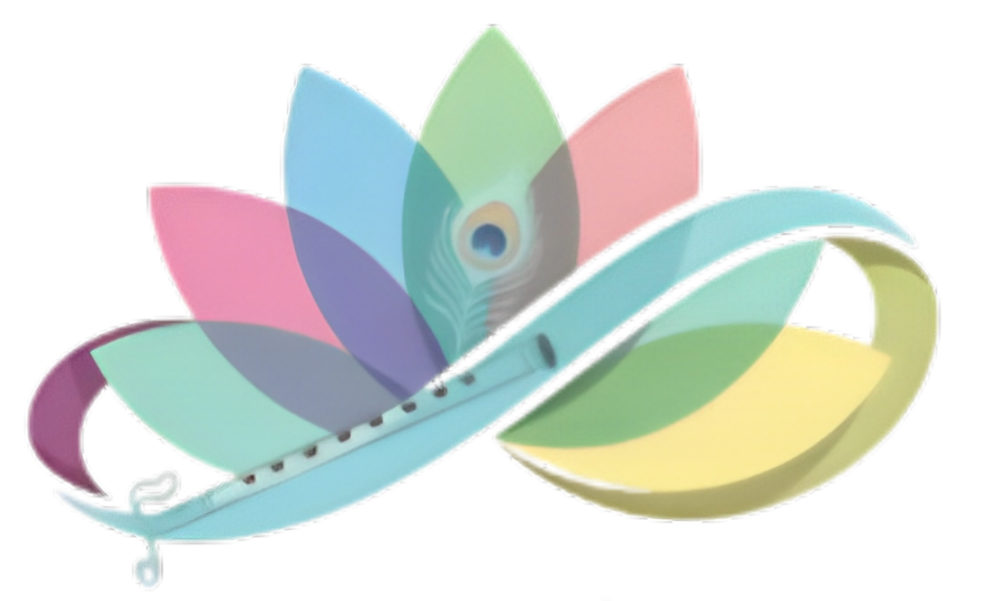In today’s fast-paced digital world, interactive and engaging web elements are no longer a luxury—they’re a necessity. Businesses that want to stand out online need more than just a static website. At Lotus Loop Media Solutions, we specialize in blending design, technology, and creativity to deliver digital experiences that drive results.
One trend we’ve seen gaining attention is the use of retro-styled draggable components. Developers often build these using frameworks like Lit. However, if you’ve tried building one yourself and found it’s not working, you’re not alone. Let’s break it down.
What is Lit?
Lit is a modern JavaScript library that simplifies the process of building web components. Unlike bulky frameworks, it’s lightweight, fast, and perfect for creating reusable UI components.
For businesses, Lit is powerful because it makes web features more efficient, maintainable, and scalable—whether you’re building a marketing dashboard, an interactive landing page, or even a custom e-commerce experience.
Why Retro Draggable Components?
Retro designs are making a comeback, from pixel fonts to skeuomorphic elements. A draggable retro component adds:
-
🎮 Interactivity: Users can click, drag, and move components, creating a fun, nostalgic experience.
-
🕹️ Engagement: Retro elements keep visitors exploring your site longer.
-
📈 Brand Personality: Businesses can stand out with unique, interactive branding.
For a company like Lotus Loop Media Solutions, it’s the perfect example of how creative coding can enhance digital marketing campaigns.
Common Issues: Why It’s Not Working
When developers attempt to build a retro draggable component with Lit, they often face roadblocks. Here are a few reasons:
1. Event Handling Misconfigurations
Drag events (mousedown, mousemove, mouseup) need to be registered correctly. Missing or misfired event listeners will break functionality.
2. CSS Positioning Errors
If your component isn’t absolutely or relatively positioned, it won’t move on drag. Many developers forget this simple step.
3. State Management Issues
Lit’s reactive properties need proper handling. If the component state isn’t updated, dragging won’t reflect visually.
4. Cross-Browser Compatibility
Not all browsers handle pointer events the same way. Without testing across Chrome, Firefox, and Safari, the component may fail.
How to Fix It (Quick Tips)
-
✅ Ensure your element has
position: absoluteorrelative. -
✅ Add
mousedown(orpointerdown) listeners to start drag. -
✅ Use
mousemove(orpointermove) to update position dynamically. -
✅ Always clean up with
mouseup(orpointerup). -
✅ Test across devices for responsiveness.
Why This Matters for Businesses
You might ask—why should a digital marketing or IT company care about draggable components? Because:
-
Better Engagement → Interactive features hold customer attention.
-
Stronger Branding → Retro themes can tie into unique marketing campaigns.
-
Improved UX → Creative components can simplify navigation or data visualization.
At Lotus Loop Media Solutions, we not only help businesses with web development and IT solutions, but also combine these with digital marketing strategies and printing services to deliver a full-circle brand experience.
Final Thoughts
Building a retro draggable web component with Lit can be challenging, especially when things don’t work as expected. But with the right technical approach—and a creative mindset—it can transform a simple website into a memorable digital experience.
If your business is looking to integrate modern technology with bold creative ideas, Lotus Loop Media Solutions is here to help. From digital marketing campaigns to custom IT solutions and even high-quality printing services, we deliver everything your brand needs to grow.
📞 Get in touch today and let’s build something interactive, creative, and impactful together.
Would you like me to also add a small Lit code snippet (demo) in the blog so that readers see an example of a draggable component, or do you prefer to keep it non-technical and business-focused?
In today’s fast-paced digital world, interactive and engaging web elements are no longer a luxury—they’re a necessity. Businesses that want to stand out online need more than just a static website. At Lotus Loop Media Solutions, we specialize in blending design, technology, and creativity to deliver digital experiences that drive results.
One trend we’ve seen gaining attention is the use of retro-styled draggable components. Developers often build these using frameworks like Lit. However, if you’ve tried building one yourself and found it’s not working, you’re not alone. Let’s break it down.
What is Lit?
Lit is a modern JavaScript library that simplifies the process of building web components. Unlike bulky frameworks, it’s lightweight, fast, and perfect for creating reusable UI components.
For businesses, Lit is powerful because it makes web features more efficient, maintainable, and scalable—whether you’re building a marketing dashboard, an interactive landing page, or even a custom e-commerce experience.
Why Retro Draggable Components?
Retro designs are making a comeback, from pixel fonts to skeuomorphic elements. A draggable retro component adds:
-
🎮 Interactivity: Users can click, drag, and move components, creating a fun, nostalgic experience.
-
🕹️ Engagement: Retro elements keep visitors exploring your site longer.
-
📈 Brand Personality: Businesses can stand out with unique, interactive branding.
For a company like Lotus Loop Media Solutions, it’s the perfect example of how creative coding can enhance digital marketing campaigns.
Common Issues: Why It’s Not Working
When developers attempt to build a retro draggable component with Lit, they often face roadblocks. Here are a few reasons:
1. Event Handling Misconfigurations
Drag events (mousedown, mousemove, mouseup) need to be registered correctly. Missing or misfired event listeners will break functionality.
2. CSS Positioning Errors
If your component isn’t absolutely or relatively positioned, it won’t move on drag. Many developers forget this simple step.
3. State Management Issues
Lit’s reactive properties need proper handling. If the component state isn’t updated, dragging won’t reflect visually.
4. Cross-Browser Compatibility
Not all browsers handle pointer events the same way. Without testing across Chrome, Firefox, and Safari, the component may fail.
How to Fix It (Quick Tips)
-
✅ Ensure your element has
position: absoluteorrelative. -
✅ Add
mousedown(orpointerdown) listeners to start drag. -
✅ Use
mousemove(orpointermove) to update position dynamically. -
✅ Always clean up with
mouseup(orpointerup). -
✅ Test across devices for responsiveness.
Why This Matters for Businesses
You might ask—why should a digital marketing or IT company care about draggable components? Because:
-
Better Engagement → Interactive features hold customer attention.
-
Stronger Branding → Retro themes can tie into unique marketing campaigns.
-
Improved UX → Creative components can simplify navigation or data visualization.
At Lotus Loop Media Solutions, we not only help businesses with web development and IT solutions, but also combine these with digital marketing strategies and printing services to deliver a full-circle brand experience.
Final Thoughts
Building a retro draggable web component with Lit can be challenging, especially when things don’t work as expected. But with the right technical approach—and a creative mindset—it can transform a simple website into a memorable digital experience.
If your business is looking to integrate modern technology with bold creative ideas, Lotus Loop Media Solutions is here to help. From digital marketing campaigns to custom IT solutions and even high-quality printing services, we deliver everything your brand needs to grow.
📞 Get in touch today and let’s build something interactive, creative, and impactful together.
Would you like me to also add a small Lit code snippet (demo) in the blog so that readers see an example of a draggable component, or do you prefer to keep it non-technical and business-focused?





